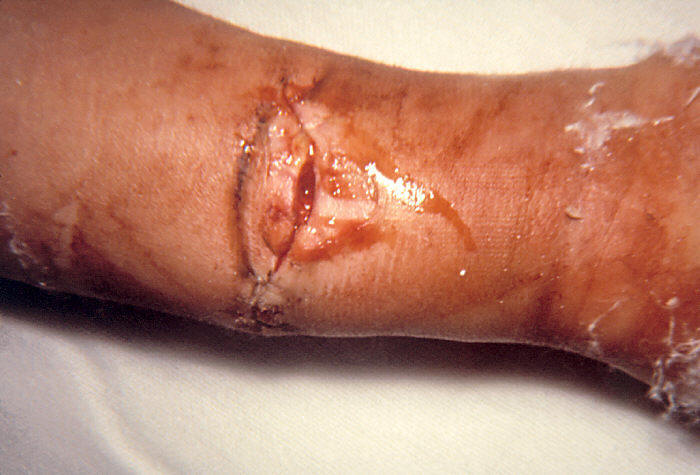(The lyrics are posted below if you want to follow along).
Here are the lyrics so you can follow along.
Line 1-
So, I started as a glucose in glycolysis, two ATP came in and gave me their phosphates. I was broken down into PGALS and re-arranged into Pyruvate, created 4 ATP and 4 NADH.
I was in cytosol, lost a carbon became an acetate. Co-enzyme A brought me into the mitochondria, he left me to join with 4 carbons and become a citrate, this is the beginning of the Krebs Cycle.
Chorus-
I was a glucose I will be broken down into ATP, woah,
My body will use this ATP for energy, woah,
Energy is great, we use it all the time for our bodies to move,
Our bodies are the best, for doing, cellular respiration.
Line 2-
We enter the Krebs Cycle as an acetyl CoA, we were joined by 4 carbons and became a citrate, we lost a carbon and created NADH, we are now a five carbon ketoglutarate.
We will lose another carbon, create NADH, and ATP, now we are a four carbon fumerate.
During re-arrangement become oxiloacetate, create NADH and FADH2.
REPEAT PER PYRUVATE.
Chorus-
I was a glucose I will be broken down into ATP, woah,
My body will use this ATP for energy, woah,
Energy is great, we use it all the time for our bodies to move,
Our bodies are the best, for doing, cellular respiration.
Line 3-
Use the electrons from previous energy carriers, they go through the cytochromes and pump H+ ions into the inter membrane the high concentration pushes them back into the matrix through the ATP synthase.
Chorus-
I was a glucose I will be broken down into ATP, woah,
My body will use this ATP for energy, woah,
Energy is great, we use it all the time for our bodies to move,
Our bodies are the best, for doing, cellular respiration.
Line 4-
Now I have created 32 ATP using the electron transport system. The NADH and FADH2 gave me their electrons, and the cytochromes brought them through the system. In the end they bonded with oxygen and created water. While chemiosmosis gave me ATP, cellular respiration is the best for giving me energy.






.jpg)








